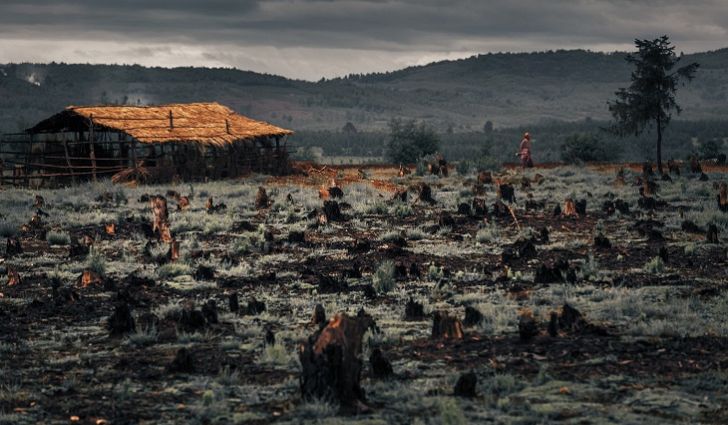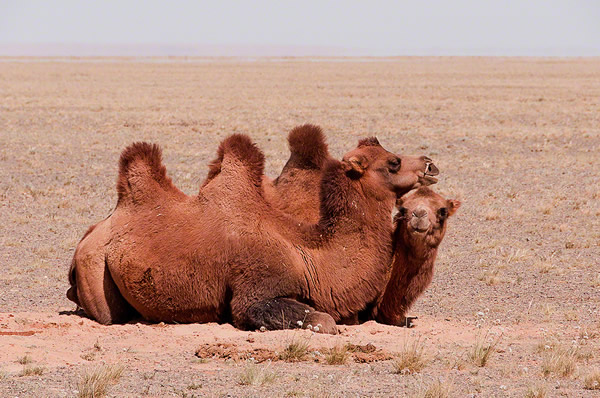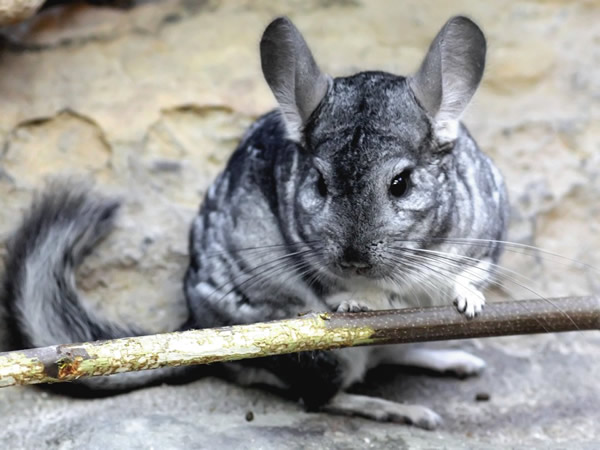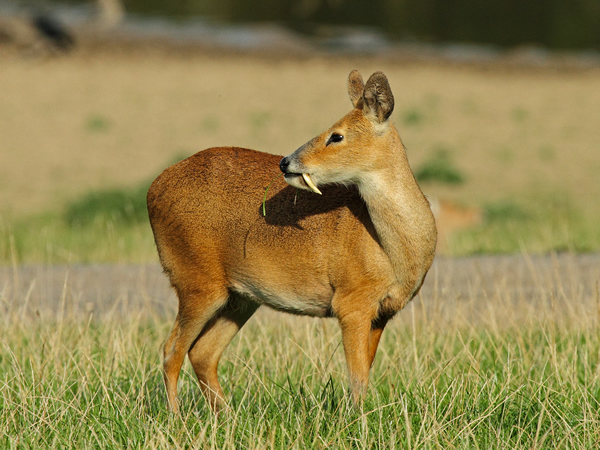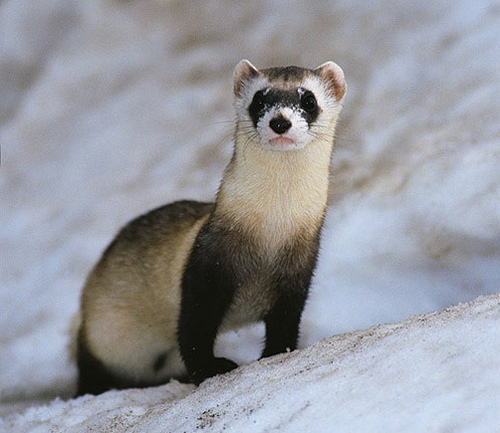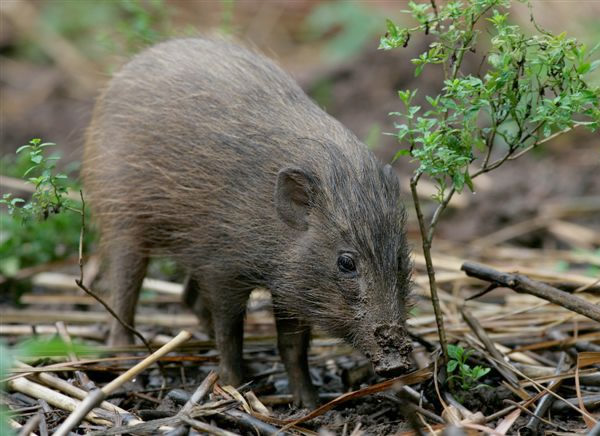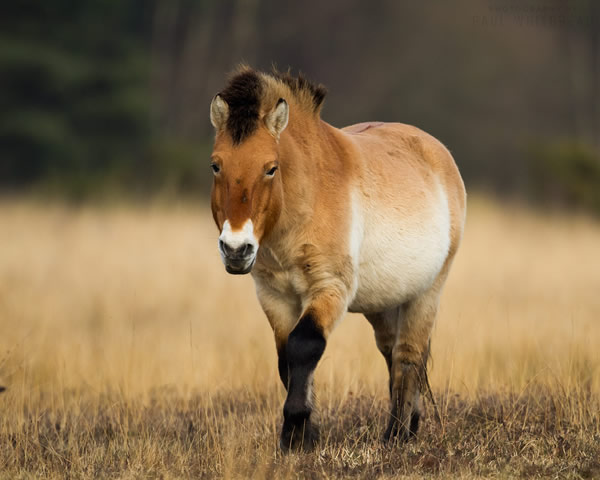 |
| Hoolock Gibbon |
Description and biology
Gibbons are apes, related to
gorillas and chimpanzees, but they are known as “lesser apes” because of their small size. There are 13 or more kinds of gibbons. Hoolock gibbons are the second–largest kind, generally growing to about 13 pounds (6 kilograms).
Adults are about 24 to 35 inches (60 to 90 centimeters) long and have no tail. Male hoolocks have
black fur with white eyebrows, while females have beige or red–brown fur with
dark brown eyebrows and cheek areas.
Gibbons are amazing acrobats when it comes to brachiating, or swinging by their arms among the treetops. Hoolocks’ bodies are built for this
movement. They have very long arms and long, hook–shaped hands.
They swing by their arms from one branch to another, with their hand forming a hook on the limb. They are capable of leaping
long distances through the air from branch to branch or running atop the leaves in the treetops. Their diet is made up mainly of fruit and leaves, along with some insects and flowers.
Figs are a favorite food. Hoolocks are diurnal, meaning they roam the
forests during the day and sleep at night. A family of hoolocks generally sleeps sitting up in one or two favored treetops. When they need to come down from the trees, hoolocks walk on two feet in an upright position.
Most gibbons live in family units consisting of two parents with several immature offspring. They are
monogamous (when the male and female become partners, they remain together for life).
Gibbons generally give birth to one offspring at a time. Baby hoolock gibbons are born with no hair and depend upon their
mothers for warmth. The offspring usually stay with their parents until they are six to nine years old and have reached
sexual maturity.
Each gibbon family group lives within its own specific territory, usually about 30 to 50 acres (12 to 20 hectares) in area, which they defend from the intrusion of other gibbons. The life span of a gibbon in the wild is not known, but is probably about 30 to 40 years.
Hoolocks, like other gibbons, are very
musical mammals, with a distinctive form of vocal communication displayed in half–hour–long morning songs performed by the family each day.
The male and female partners sing a kind of duet together, and then other members of the family may join in to sing solos. These
morning songs communicate to other gibbons that the hoolock family’s area is claimed and will be defended, and may also serve as mating calls from the younger family members.
The folklore of the indigenous (native) people of Southeast Asia includes many stories about this magical music of the rain forests. Unfortunately, these morning songs also inform hunters of the location of the gibbon families.
The only known enemy to hoolock gibbons is the
human being.
Habitat and current distribution
Gibbons have lived in the forests of Southeast Asia for millions of years. The hoolock is found in tropical (a climate warm enough year–round to sustain plant life) and subtropical evergreen forests, and in mountain forests produced by seasonal monsoons (heavy rainfalls accompanying high winds).
Curently hoolocks live in
Myanmar (formerly Burma), Bangladesh, the northeastern part of India, and the southwestern part of China. There are two subspecies of hoolock gibbons, the eastern and western. They are divided by the Chindwin River in Myanmar. Hoolocks range from the Brahmaputra River (in Bangladesh, India, and China) on the west to the Salween River (in China and Myanmar) on the east.
History and conservation measures
The habitat in which hoolock gibbons live is shrinking rapidly. The tropical and subtropical forests are being cut down and burned in order to make way for tea plantations and other crops, for logging and taking out other fuel, and also for
human settlement.
As their habitat is fragmented by the clearing of forests, hoolock gibbons become more vulnerable to humans, since they must come down from the treetops to cross from one food source to the next.
Humans hunt hoolocks for food and to sell as pets, and gibbon bones and meat are valued in some traditional Asian medicines. Among some groups in Myanmar, for example, it is believed that eating the dried hands and legs of hoolocks will promote fertility (the ability to have children) in women.
In 1977, biologists (scientists who study living organisms) estimated the hoolock gibbon
population at more than 500,000 animals. Ten years later, it was down to 170,000.
By 2000, the hoolock gibbon population had been severely reduced. In India (where there were about 80,000 hoolocks in the early 1970s), there were only about 5,000 animals in 2000; there were less than 200 hoolocks in China, and 200 in
Bangladesh. There is no current data about hoolock gibbons in Myanmar.
Preserving the remaining rain forest habitat and eliminating hunting of hoolock gibbons are key factors in the effort to save the species from extinction in the wild. Since the 1990s, some sanctuaries and reserves have been created within hoolock gibbon habitats.
China and India have laws protecting gibbons, but the enforcement is not strict and poachers (illegal hunters) continue to profit from killing hoolocks in the wild.

